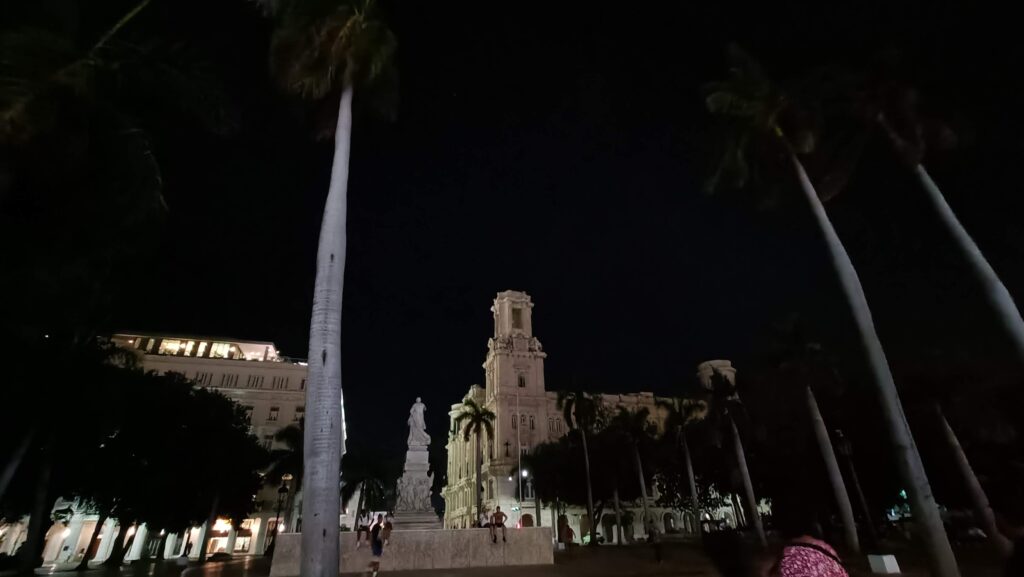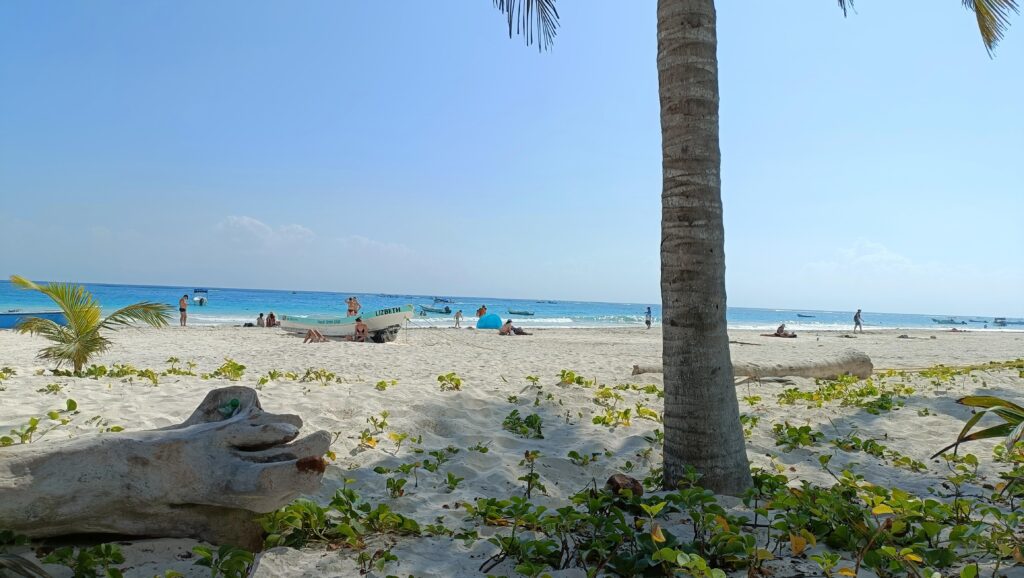As a digital nomad or remote worker, staying connected with a reliable fast Internet while traveling is essential. Imagine arriving at a new destination, only to find out the internet speed is far below what you need for work, video meetings, or uploading content. In this guide, we’ll cover the key strategies for ensuring you have access to fast internet wherever you go.


1. Check Accommodation Reviews for Internet Speed
One of the most effective ways to gauge internet reliability at your accommodation is by reading reviews. Many digital nomads rely on platforms like Airbnb and Booking.com, where previous guests often comment on the internet speed. Look for keywords in reviews such as “internet speed,” “WiFi connection,” or “video call quality.” This can give you insight into what to expect before booking. If a review mentions unstable connections, consider looking elsewhere.
2. Ask for a Speed Test
Don’t hesitate to reach out to your host before booking and ask them to run a speed test. You can request that they use a site like Speedtest.net to share the internet speed details with you. This will give you a real-time snapshot of what to expect. Aim for a minimum of 25 Mbps download speed if you’ll be making video calls, streaming, or sharing your screen. Higher speeds may be necessary if your work involves large file uploads or more data-intensive tasks.
3. Purchase a Local SIM Card or eSIM
Arriving in a new country, one of the first steps for reliable connectivity is purchasing a local SIM card. Most airports offer SIM cards from top carriers, which can provide better speed and cost-effectiveness than using international roaming plans. If you’d prefer not to switch out your SIM card, consider eSIM technology, which allows you to add a local plan digitally. This is becoming increasingly popular among digital nomads and is available on many newer smartphones.
4. Check Service Maps for Local Carriers
Different areas within a country can have varying levels of service. Before committing to a local carrier, it’s a good idea to review the carrier’s coverage maps, typically available on their websites. These maps display areas with strong, reliable connections and can help you choose the most suitable network for your location.
5. Use Your Phone as a Hotspot
Using your smartphone as a hotspot can be an ideal backup plan, especially if local SIM cards offer unlimited or high-data packages. It’s a versatile solution, but it’s essential to test the connection quality in your accommodation. Be aware that the speed and reliability of hotspot connections can vary based on your location and carrier coverage.
6. Invest in an International Hotspot Device
If you’re constantly on the move, consider investing in a portable hotspot device. These devices work with international data plans and can connect multiple devices. Popular models include Skyroam and GlocalMe, which provide relatively stable internet in numerous countries. However, do keep in mind that these services often have data limits or throttling once you reach a certain threshold.
7. Ensure a Backup Plan with Multiple Internet Options
Relying on just one internet source can be risky. Instead, aim to have at least two or three options, such as local WiFi, a SIM card with a hotspot, and a portable WiFi device. This approach is especially useful in rural or remote areas, where one option may be unavailable or slow.
8. Understand Time Zone and Noise Considerations
If you’re working in a different time zone from your clients or colleagues, be mindful of potential noise disruptions, especially if you’re in shared spaces like hostels. Private rooms might not always offer the best WiFi coverage, so check in advance. Consider locations with flexible check-in and check-out times, which can be beneficial if your work hours extend into late nights or early mornings.
9. Explore Coworking Spaces with Reliable WiFi
Coworking spaces can be a lifesaver for digital nomads, offering high-speed internet, ergonomic seating, and a quiet work environment. Many cities worldwide have coworking spaces designed for remote professionals. Use platforms like Coworker or simply search online to find coworking spaces with solid internet connections.
Don’t Miss the Explanation in the YouTube Video
Conclusion
Securing fast, reliable internet while traveling as a digital nomad is essential for staying productive and connected. By researching accommodation reviews, testing internet speeds, and considering local SIM cards, eSIMs, and portable hotspots, you can prepare for a seamless experience. With multiple backup options in place, you can confidently tackle any internet-related challenges, no matter where your travels take you.

Ready to embark on your solo adventures with confidence and peace of mind? Download our free ebook filled with must-know safety tips designed specifically for solo female travelers! Learn expert advice and practical strategies to make every trip empowering and stress-free. Don’t wait—grab your copy today and start planning your safest journey yet!
Join my newsletter for exclusive travel tips and inspiration to fuel your next adventure! Need personalized help? Let me plan your dream getaway with my custom travel concierge services—designed just for you!
Are you interested in becoming a temporary resident in Mexico? Don’t miss my blog How to Get Your RFC Number as a Temporary Resident in Mexico: Step-by-Step Guide






0 Comments